Smartphone and phone: external and functional differences
Modern mobile phones and smartphones provide voice communication over the cellular network, receiving and sending text messages, perform a number of other structurally provided functions: notifications of calls and messages, an alarm clock, a calendar with notes, simple games, MMS, FM radio, and an Internet browser. . It became difficult for citizens to understand how a smartphone differs from a phone. Meanwhile, these consonant in name and similar in function devices are completely different. The main criteria by which it is customary to distinguish these mobile devices are as follows:
- presence / absence of an operating system;
- the ability to self-install applications;
- hardware design features;
- internet opportunities.
Content
The operating system is an important difference.
Managing the functions of a smartphone is based on special software, called the operating system (hereinafter referred to as OS). This fact allows us to consider a smartphone. like a laptop computer. A smart mobile device can work with various applications, allow you to create and edit documents and images, as well as contact people via email and social networks. The above functionality is not available with a simple Java firmware of a cell phone. Therefore, for dummies, an important criterion for choosing a mobile device is the presence / absence of an operating system in the device description.
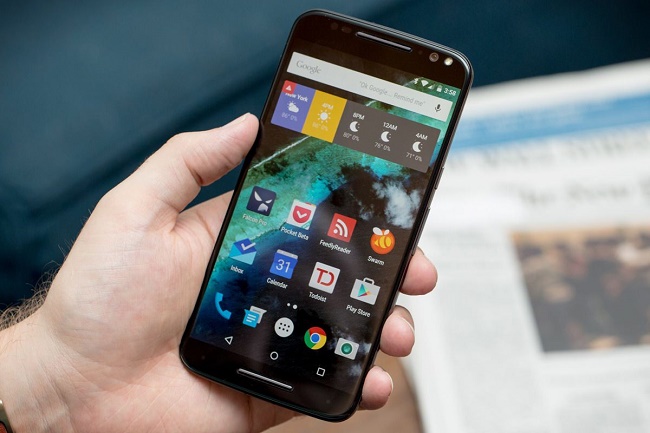
Important! The absence of the name of the OS in the characteristics of the mobile communication device is the fundamental difference between the phone and the smartphone.
There are several options for operating software for smartphones, and the most popular ones are This is iOS, Android, Windows Phone. Depending on the OS used onboard the smartphone, smart devices are divided into iPhones, Windows backgrounds, android-smartphones and devices running other less common operating systems (BlackBerry OS, Tizen).
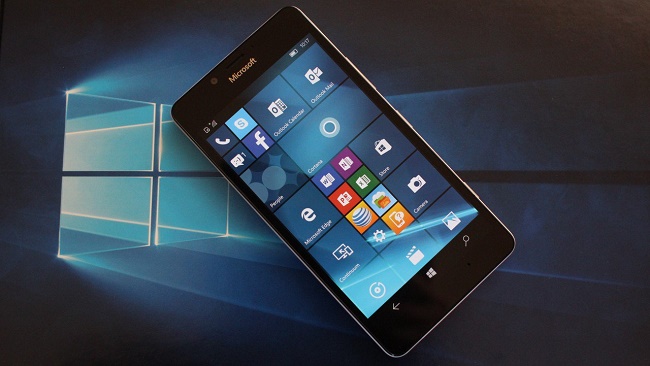
Windows Phone operating system
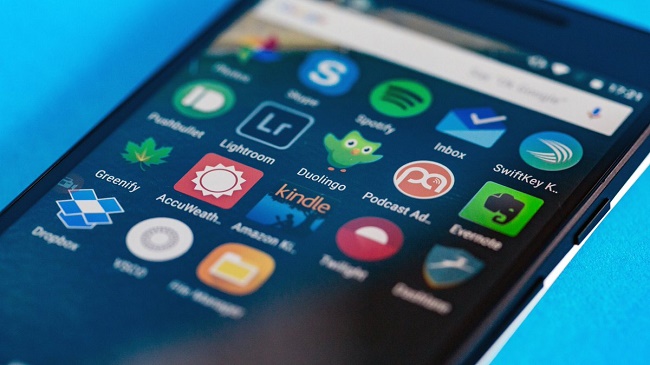
Android operating system

IOS operating system
Opportunities of smart gadgets thanks to the operational software
The presence of the operating system significantly expands the functionality of the mobile device, and this is the main difference between a “smart” device and a cell phone. Mobile operating system, like the operating “brain” of a computer, supports the work of various programs: Internet browsers, instant messengers, programs for reading, listening to music, viewing photos and videos, various text and image editors, and applications.
As a rule, manufacturers endow smartphones with a number of proprietary applications that provide the following functions:
- Internet access to search for any necessary information;
- playing audio and video recordings;

- creating playlists;
- email correspondence;
- social networking;
- photo and video shooting;

- creating notes, notes, contact books;
- creating and editing texts, graphs, tables, presentations and other office information;
- GPS navigation, work with maps, fitness opportunities;
- search and install third-party applications (application store);

- programs for reading books in electronic format;
- games and other entertainment;
- payment functions.
Important! The set of regular functions of a smartphone depends on the hardware level of the hardware platform and the version of the operating system.
In addition to the programs provided by the manufacturer, the owner of the smartphone can install and use applications from third-party developers, searching and Installation is recommended through the app store.
The difference between the phone and the smartphone in hardware
The firmware of a regular phone provides the interrelation of the component parts of the device This is a cellular module, display, keypad, speaker, microphone, battery, and other additional modules.
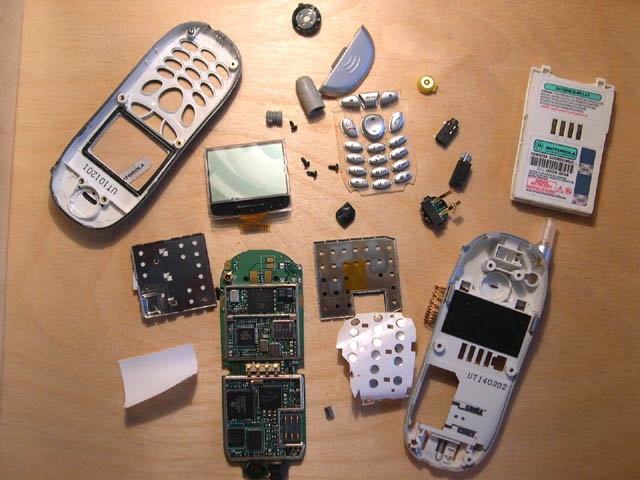
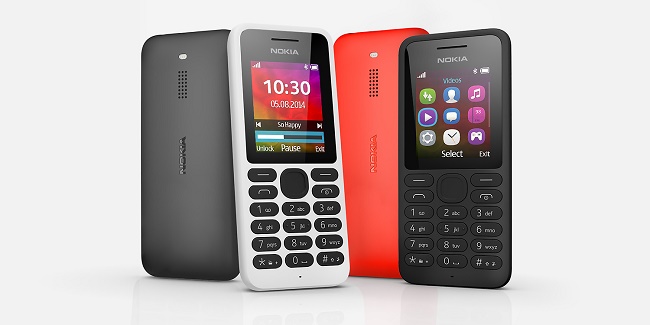
A smartphone, unlike a mobile phone, is much more complex. Like a computer, he based on the central processorwhich, coupled with RAM and a graphics controller, constitutes a productive basis that generates commands for embedded modules. In addition to the basic architecture, including the chipset, RAM, and ROM, the main modules of modern smartphones are:
- touchscreen;
- Cellular communication module with 2G / 3G / LTE modem;
- internal and external speakers and microphones, voice recorder;
- Wi-Fi, Bluetooth adapters;
- GPS navigation module and a set of sensors;
- camera main and front;
- battery.
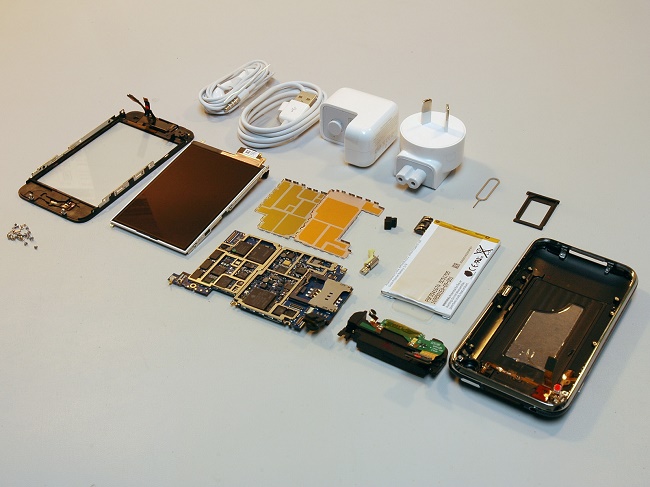
Depending on the status of the model and the manufacturer, mobile smart devices can be equipped with the following functional elements:
- photo flash;
- NFC chip;
- FM radio;
- fingerprint sensor;
- iris scanner.
The task of the operating system is management of potential smartphone features, the provision of which is entrusted to the computing team computing unit and embedded modules. Control is exercised through 2-3 physical buttons (on / off, volume control, for example), touch buttons, virtual keyboard and voice commands.
World Wide Web Access
Mobile operators provide users with a variety of tariff plans, most of them provide Internet traffic packages in networks of different generations (EDGE, 2G, 3G or 4G). All smartphones and most models of regular cell phones are equipped with support for networks of one level or another..
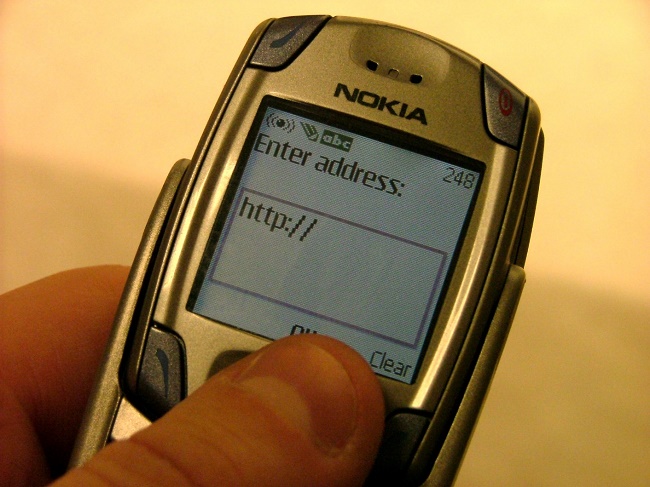
Special settings of the device after the purchase of a SIM card with the optimal tariff will not be required from the user when you first start it. Providers provided semi-automatic setting of cellular network parameters with minimal subscriber participation.
What is better to choose
What is better to choose, phone or smartphone with Internet access? Much depends on the owner, his preferences and skills of using mobile devices. Both devices have their advantages and disadvantages.
Smartphones are multifunctional and productive., they can replace a whole range of devices: from a voice communication or Wi-Fi source to an audio and video player, camera, or a payment device (terminal). And this is the undoubted merits of smart devices.
Vulnerability to malware and viruses, energy consumption of smartphones on the one hand, as well as the ability of users to master a wide range of functionalities and considerable monthly payments at a tariff on the other hand, make us think about the advisability of buying a smart device.

/rating_off.png)











